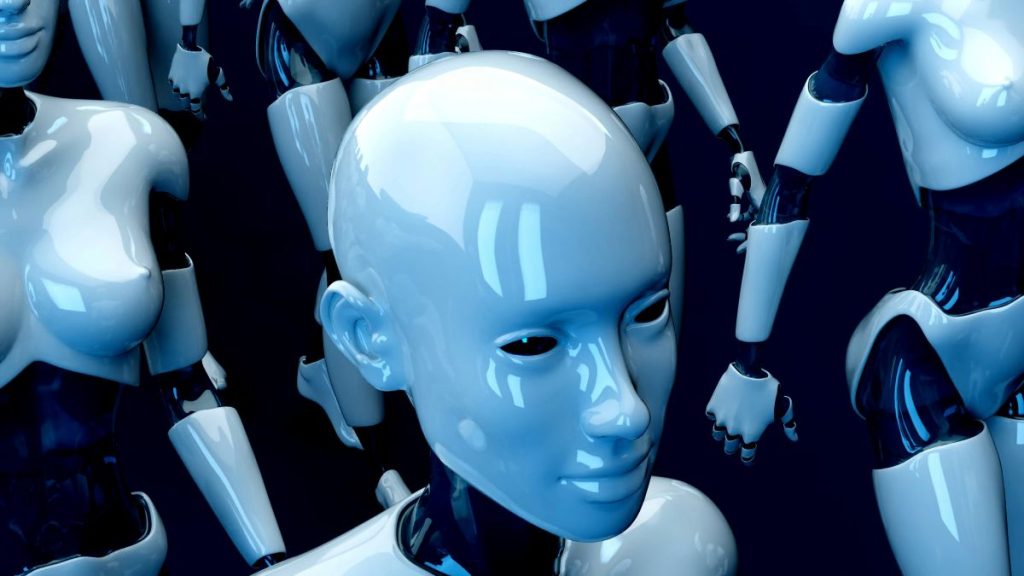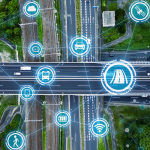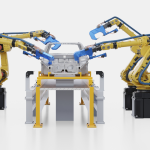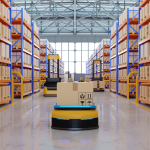The procurement technology landscape has always evolved in cycles. First came the monolithic enterprise suites that promised an all-in-one solution but struggled to keep up with real-world complexity. Then came the rise of modular SaaS, offering best-in-class tools that could be integrated as needed. While this approach delivered greater flexibility, it also introduced fragmentation—multiple platforms, scattered data, and growing inefficiencies. The question was never whether procurement technology needed to evolve, but rather how it could move beyond incremental improvements to deliver something fundamentally better.
That answer is now taking shape. The emergence of agentic AI—autonomous, intelligent systems that can manage complex procurement tasks—marks a shift in how procurement functions. This isn’t about adding AI to existing workflows but about rethinking what procurement technology should look like in an AI-first world. The focus is no longer on software interfaces and process automation but on AI-driven decision-making, adaptive procurement strategies, and systems that actively shape outcomes rather than passively record them.
Procurement Technology is Shifting From Tools to Intelligence
The distinguishing factor of agentic AI is its ability to operate independently, not just providing insights but taking action based on those insights. While automation in procurement has traditionally been about reducing manual tasks, agentic AI takes this further by actively managing sourcing events, supplier negotiations, and risk assessments with minimal human oversight. The procurement professional’s role is shifting from execution to orchestration—guiding AI systems that can dynamically adjust sourcing strategies, respond to supply chain disruptions in real time, and optimize procurement spend without requiring manual intervention at every step.
These AI-driven systems are also reshaping procurement’s relationship with data. Rather than relying on static reporting, AI continuously ingests and interprets vast amounts of structured and unstructured data, offering a more dynamic and predictive approach to procurement. This moves procurement beyond historical analysis and into real-time decision-making, where AI can anticipate disruptions, recommend alternative sourcing strategies, and identify cost-saving opportunities before they become apparent through traditional methods.
Deloitte highlights that “Generative AI’s greatest potential in source-to-pay is likely proactive risk management, process automation, and decision-making“. This is already being seen in organizations that are using generative AI to analyze supplier contracts, assess geopolitical risks, and predict price fluctuations, allowing them to act before disruptions occur rather than react after the fact.
The Architectural Shift in Procurement Technology
This transition isn’t just about new capabilities—it’s about a fundamental change in how procurement technology is structured. The traditional model of procurement software, where companies select a suite of tools to manage sourcing, contract management, and payments, is giving way to an AI-driven ecosystem where intelligent agents operate across multiple functions without requiring dedicated platforms for each. Procurement teams are no longer constrained by the limitations of individual systems but can instead leverage AI to create a more fluid, adaptive approach to supplier management and spend optimization.
For technology providers, this shift raises critical questions. AI is no longer an add-on but the defining feature of next-generation procurement platforms. The value of legacy software is being redefined, and the competitive landscape is changing as procurement technology moves from transactional efficiency to strategic intelligence. The companies that recognize this shift and adapt their procurement models accordingly will be better positioned to capture the full potential of AI-driven procurement.
The Next Era of Procurement
This evolution is not theoretical—it is already well underway. Procurement leaders are moving beyond pilot projects and integrating AI-driven agents into daily operations, using them to enhance negotiation strategies, improve supplier collaboration, and create more agile procurement functions. The conversation has moved past whether AI will transform procurement and onto how quickly organizations can adopt and scale these capabilities.
This means the focus for procurement leaders is no longer on evaluating whether AI should be part of their strategy but on understanding how to structure procurement functions around AI-first principles. The future of procurement is not a collection of better tools but a shift in how intelligence is embedded into decision-making, shaping procurement in ways that were previously impossible. As agentic AI becomes an integral part of procurement operations, the organizations that embrace this transformation will redefine what it means to run a high-performance procurement function.







